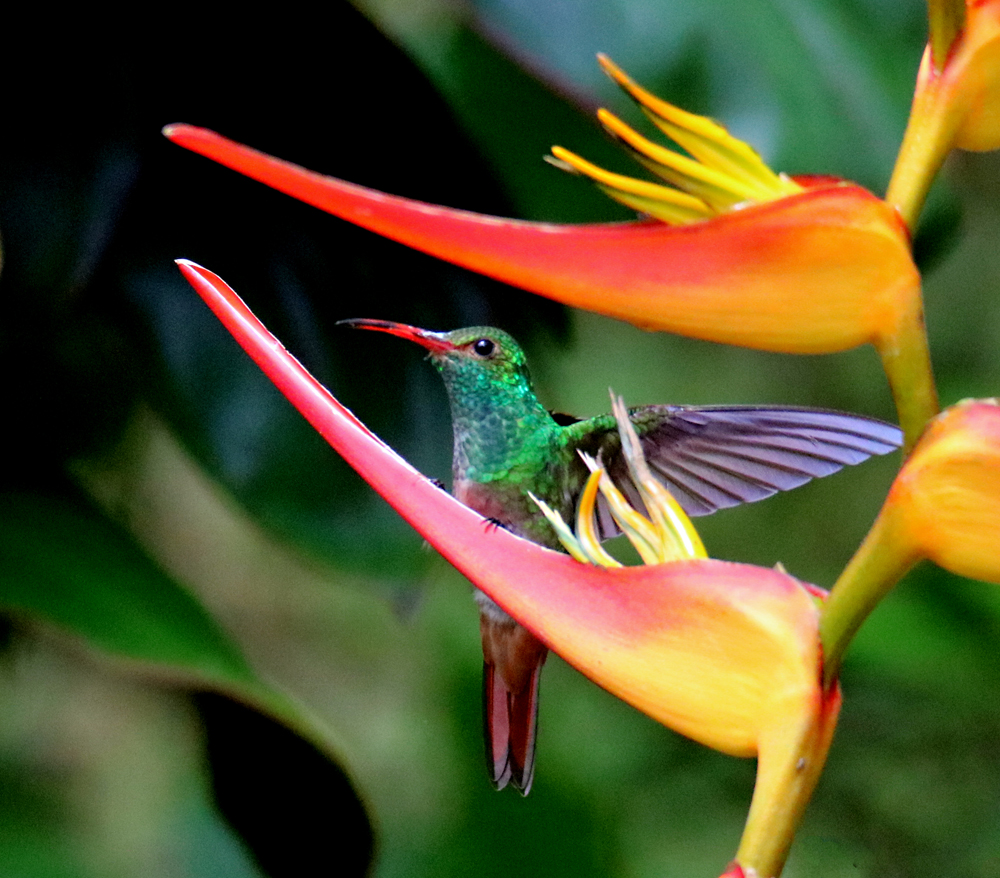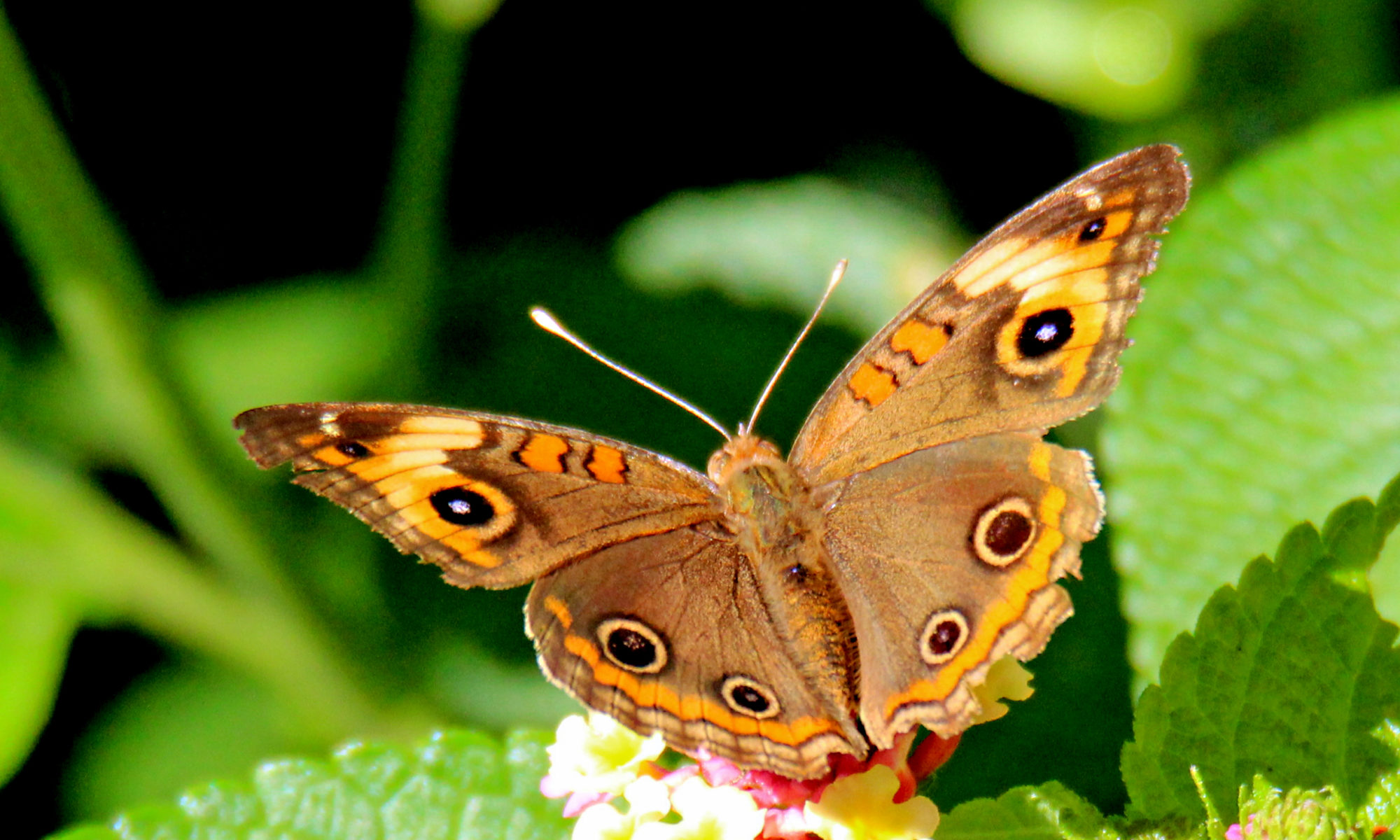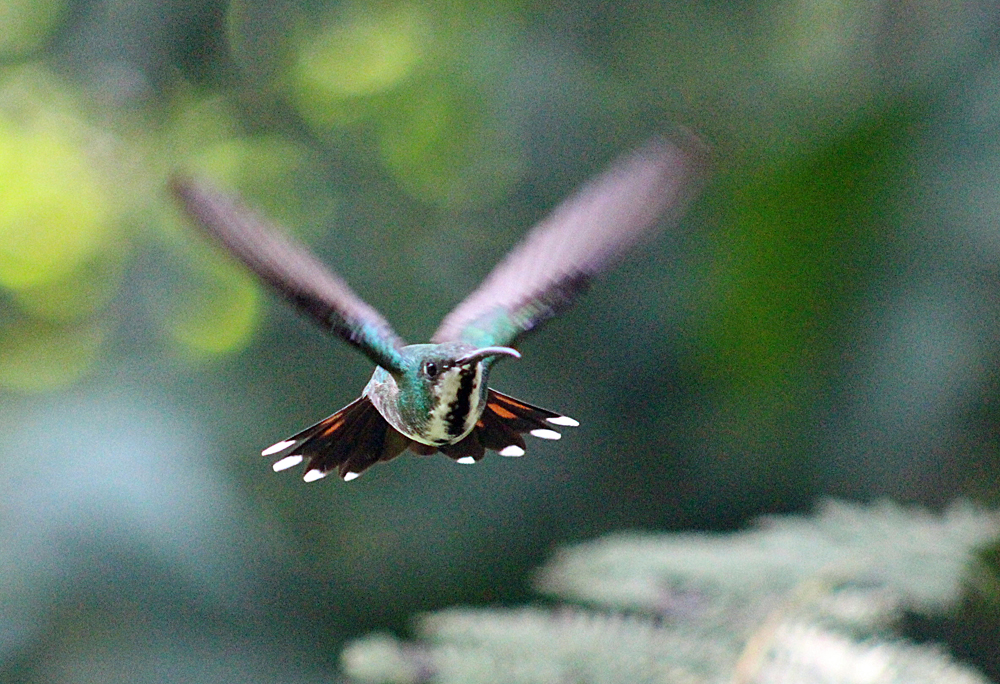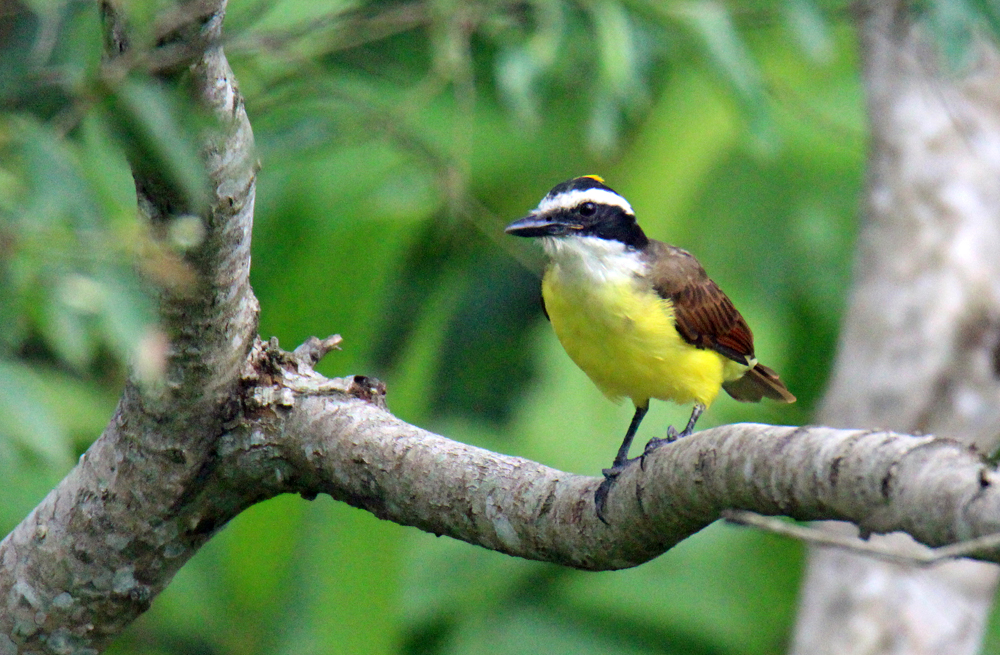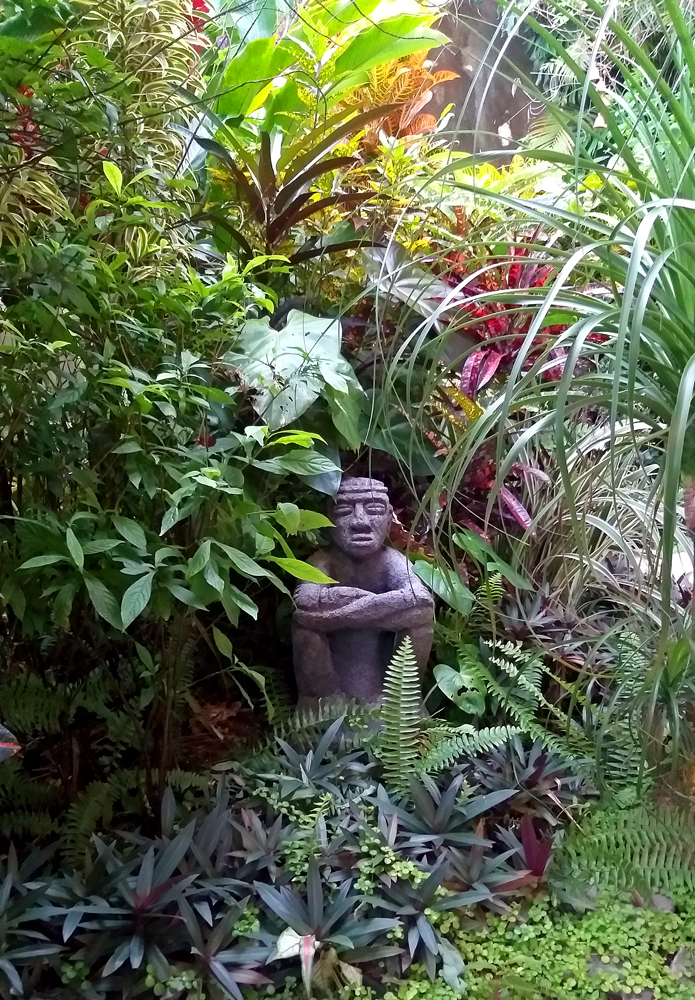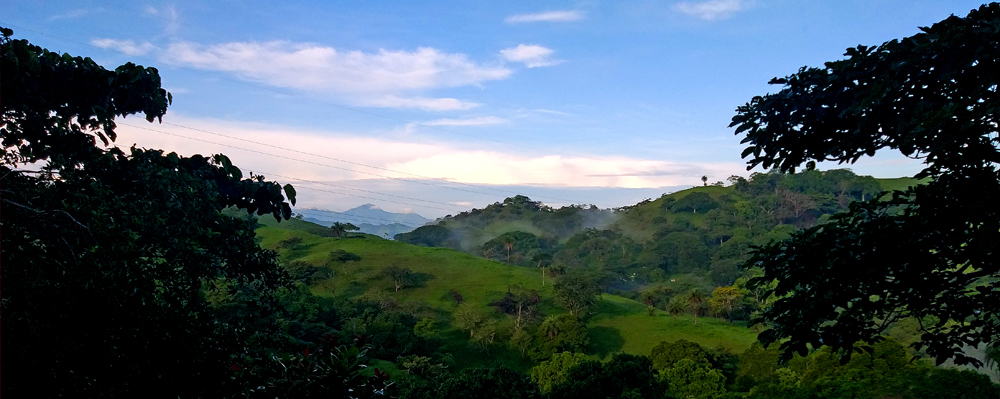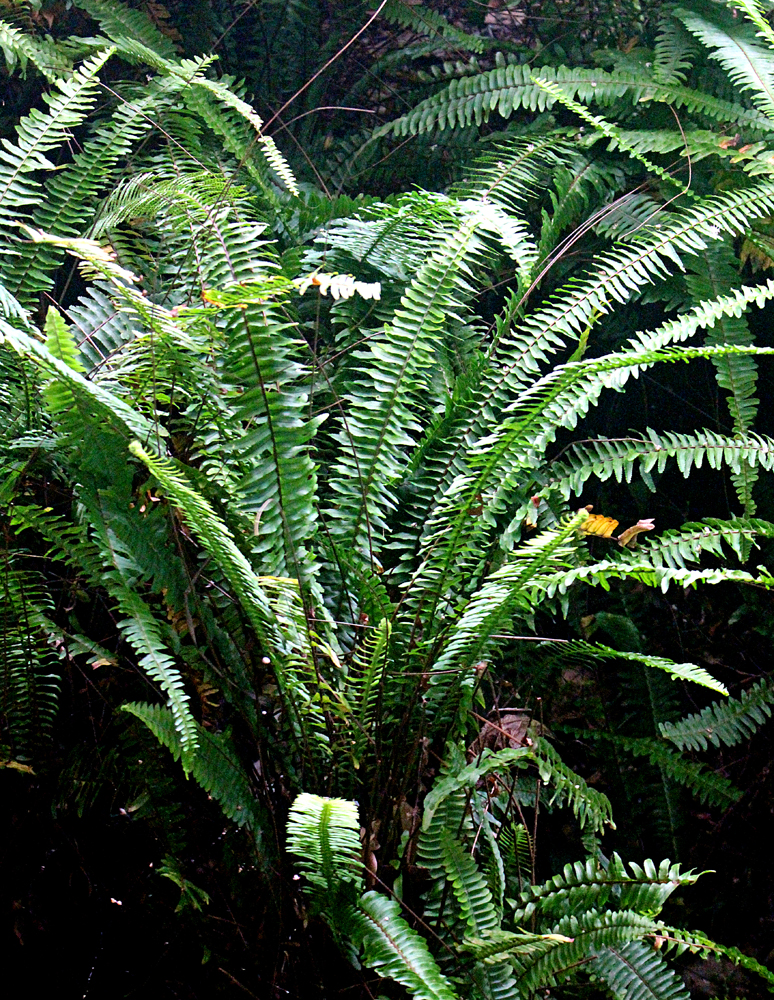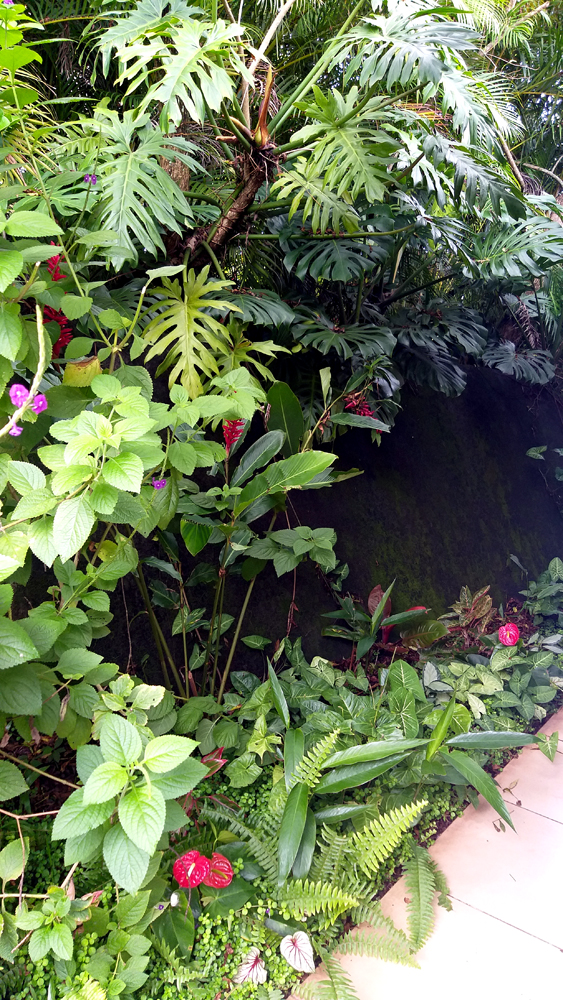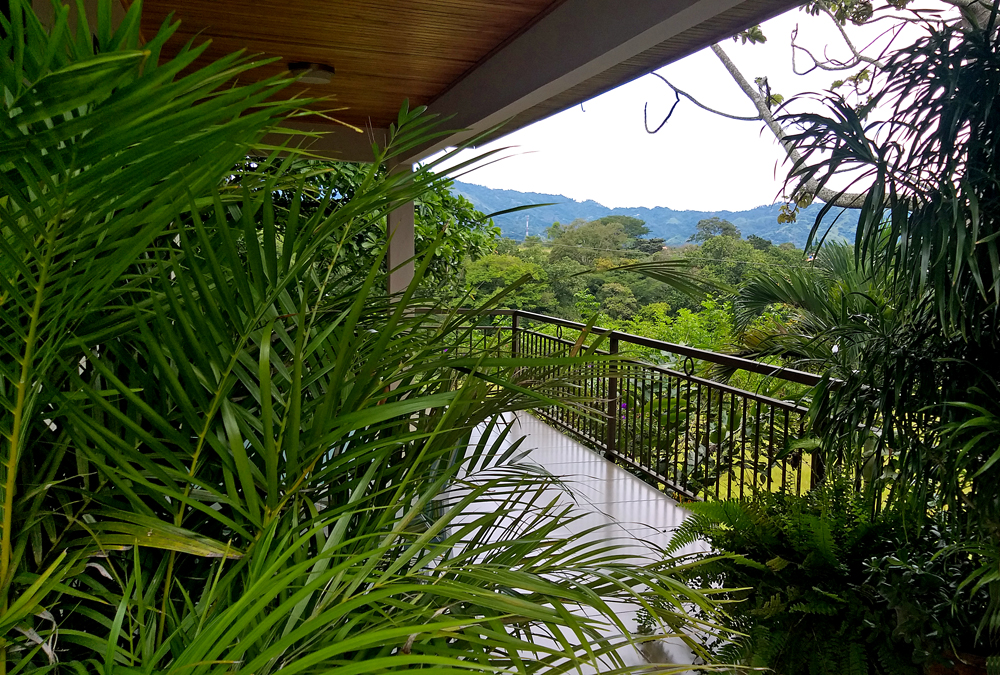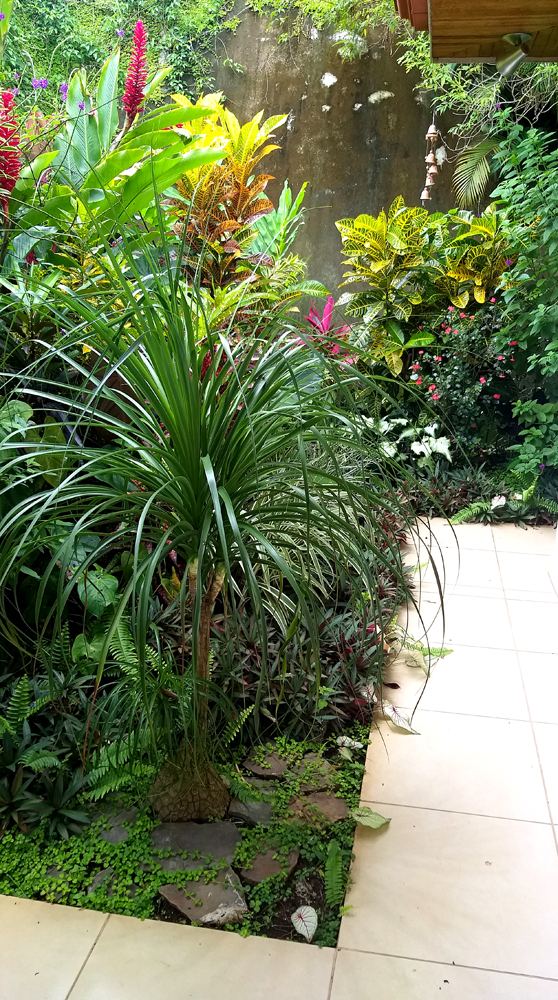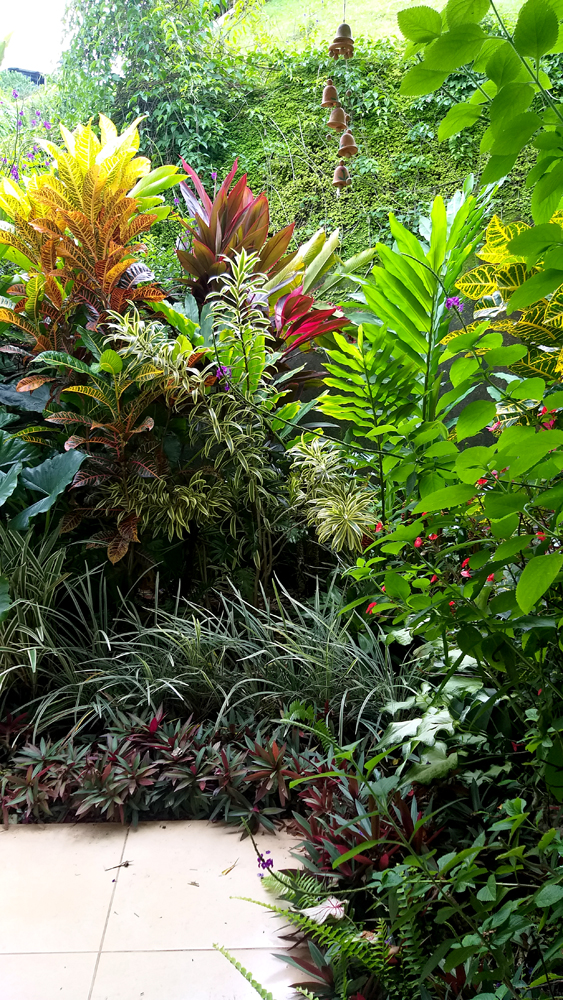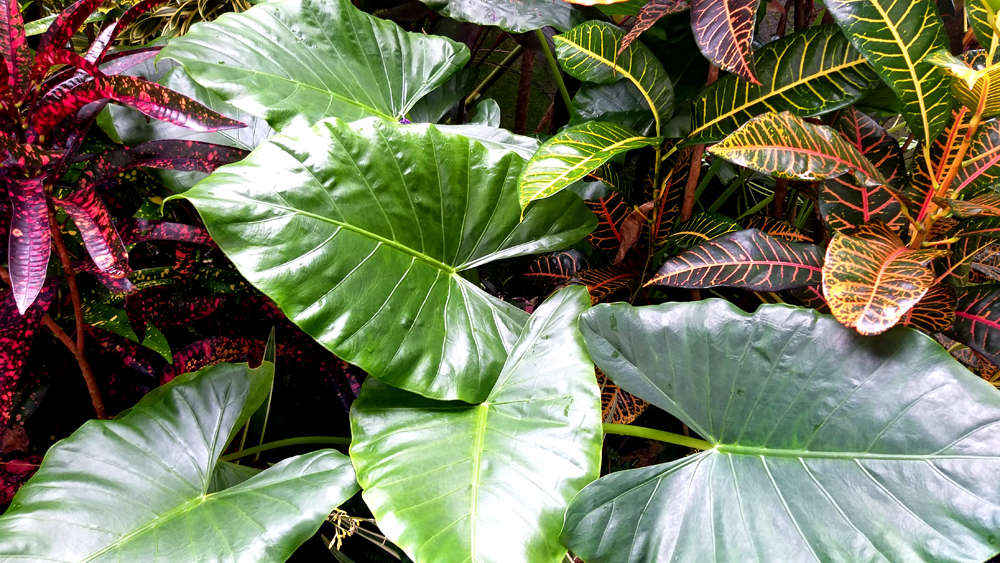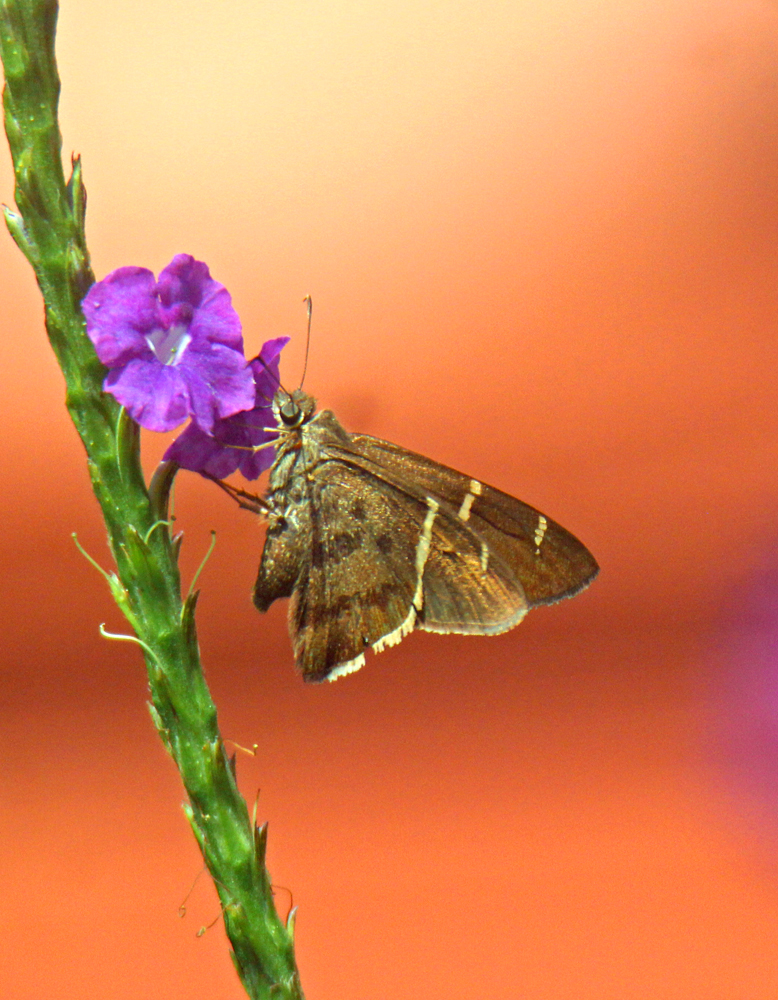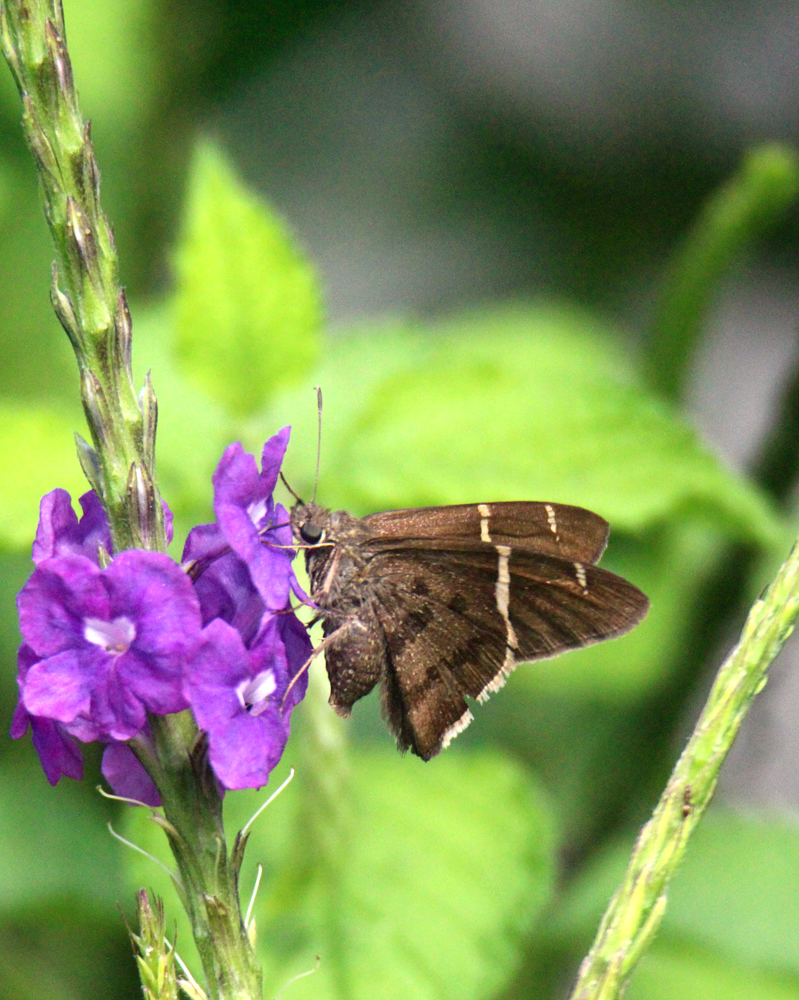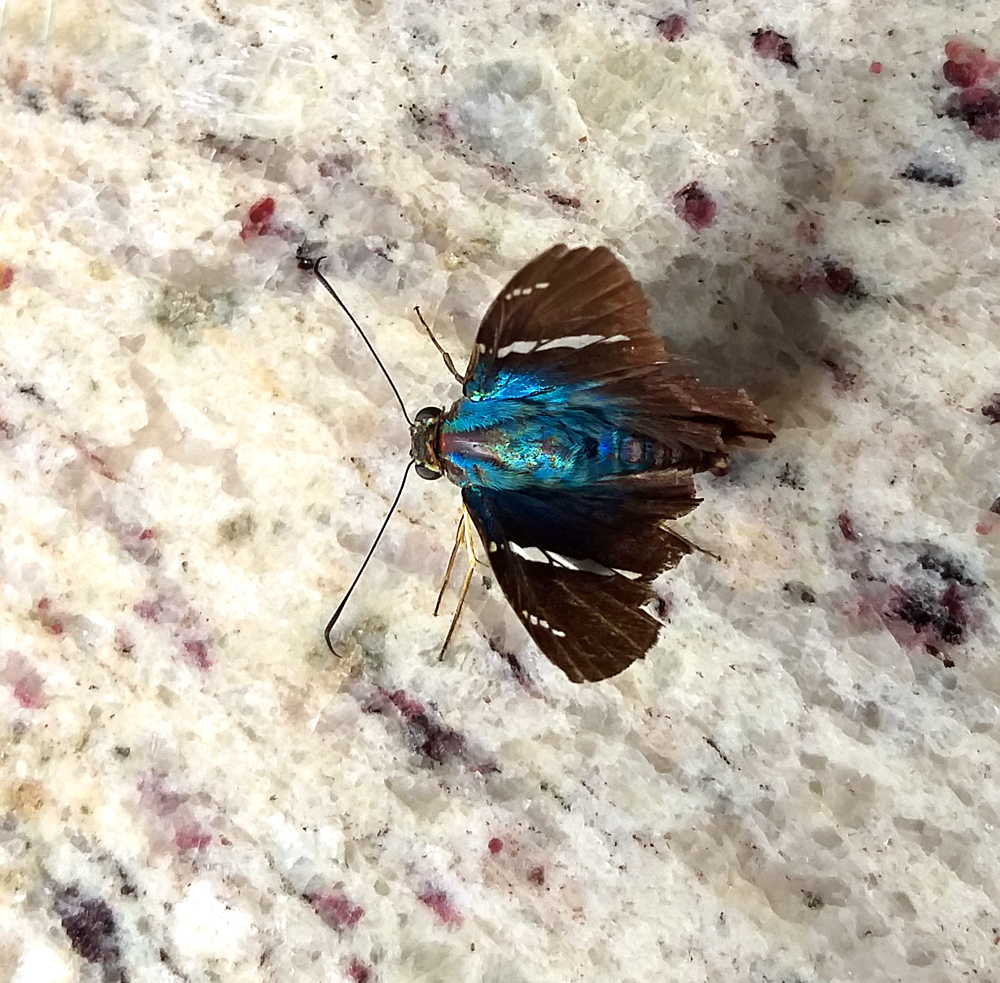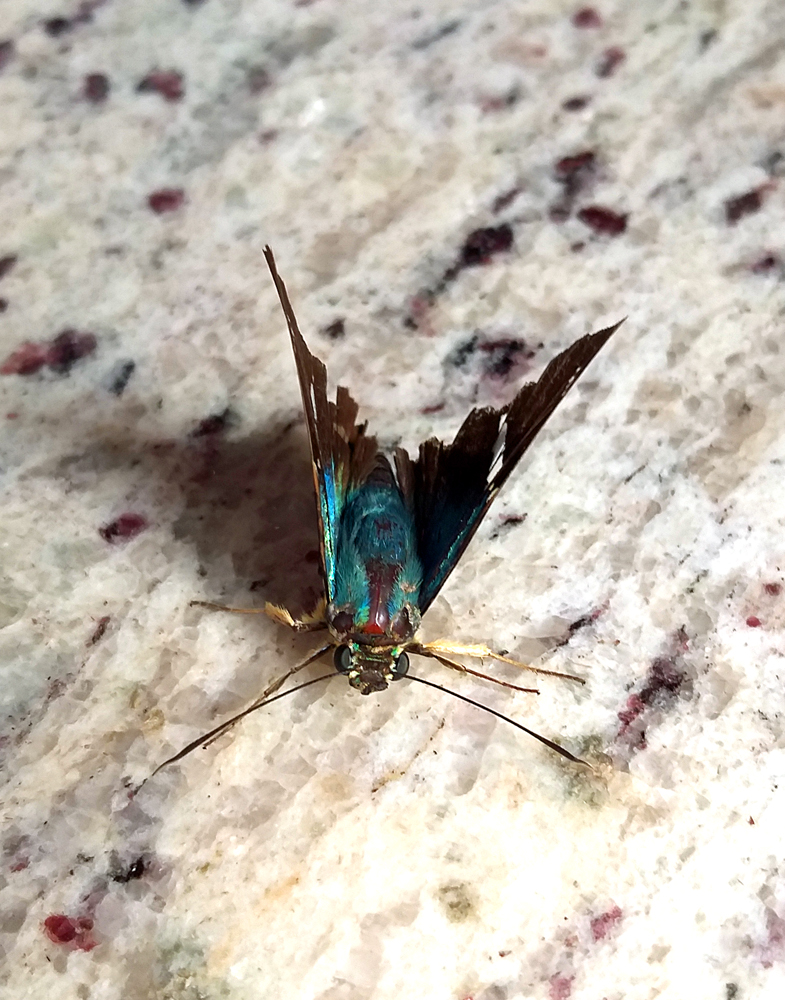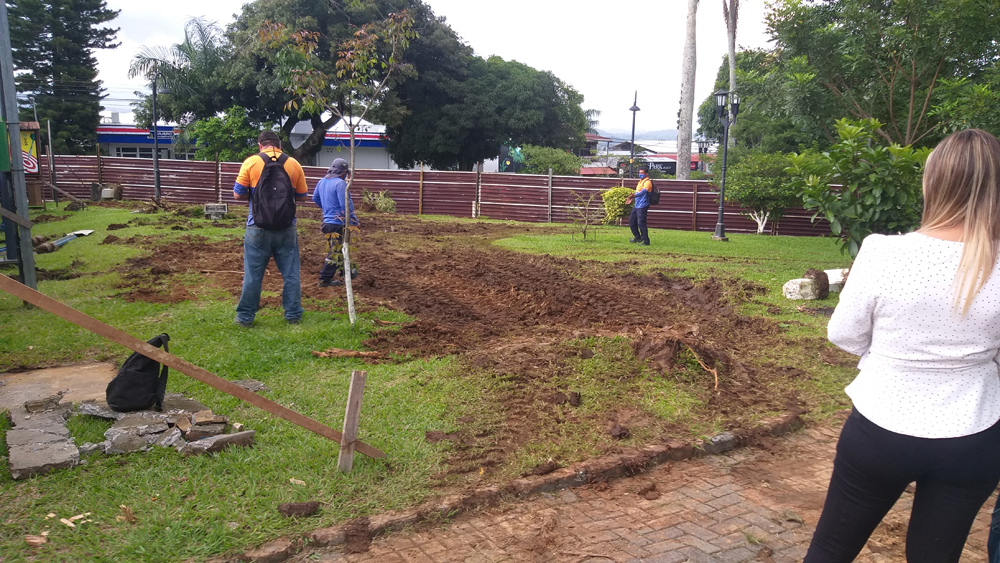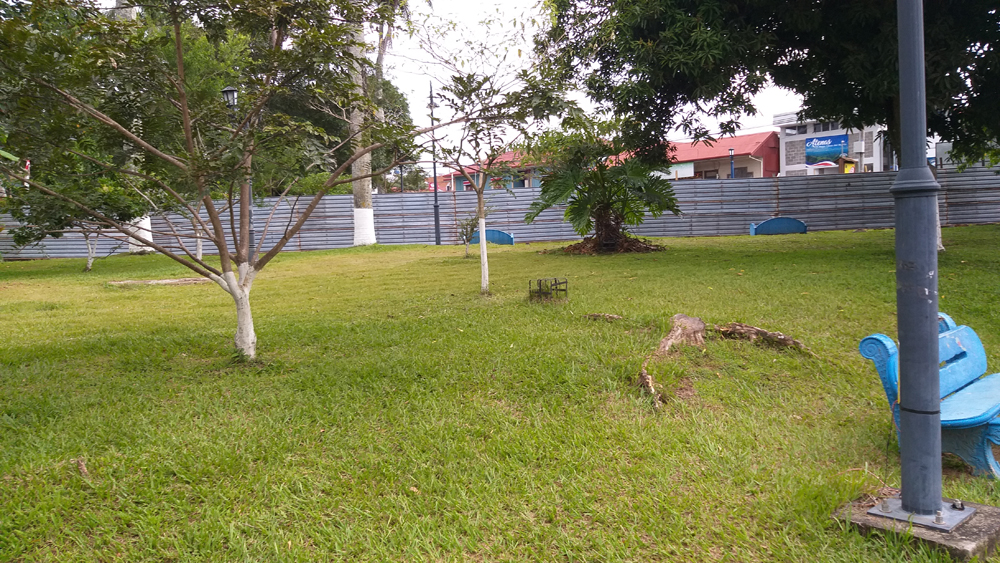The Rufous-tailed Hummingbird (eBird description) is definitely the most common hummingbird in my garden, to the point of having chased away other types of hummingbirds. 🙂 And it may be the most common all over Costa Rica or at least I’ve seen it all over! In my Rufous-tailed Hummingbird Gallery you will see my shots from 9 locations in Costa Rica. It is found only in Central America and the northern edges of South America. Because it is found almost everywhere in Costa Rica, I will not link Trip Galleries for this bird but just credit the feature photo and my second favorite Rufous-tailed shot which appears below with the two places linked . . .
